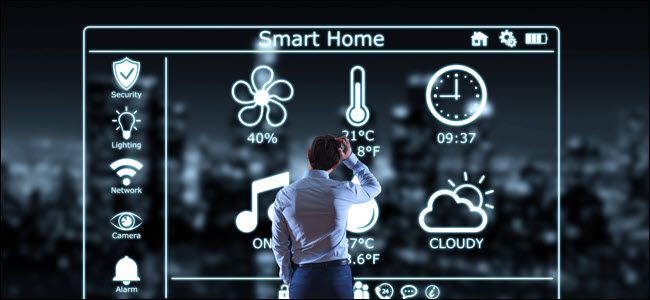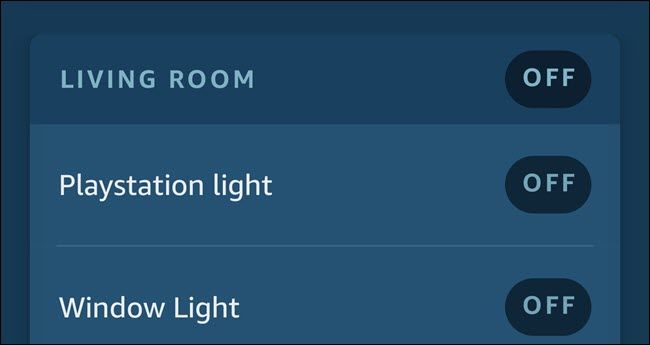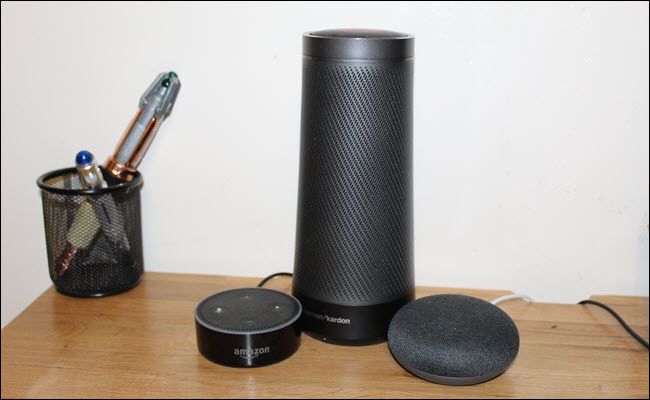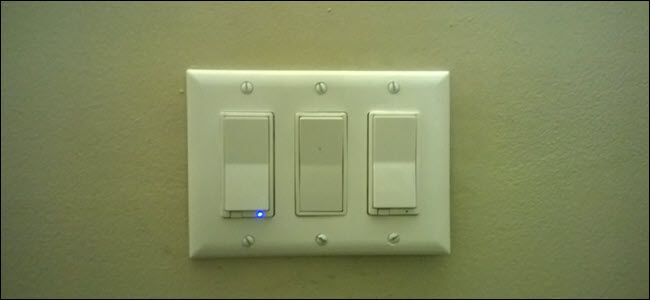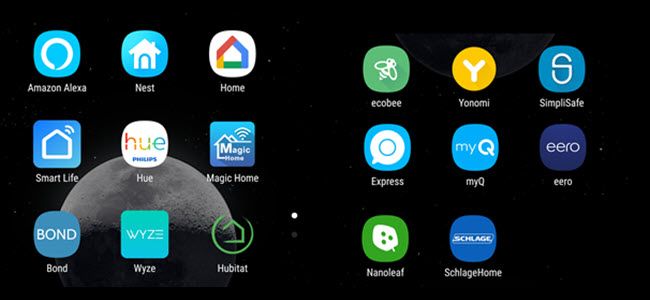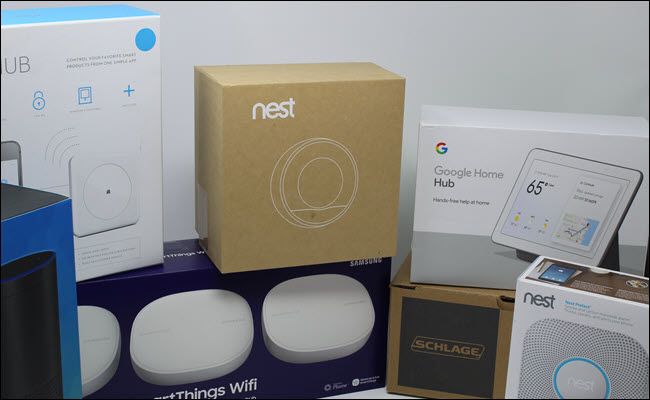Quick Links
Smarthomes are becoming more common with each passing year, and smart devices are finally accessible enough for the average person. But creating your smarthome isn't something you should go into without planning. Without forethought, you may make some common mistakes.
Poorly Named and Grouped Devices
Getting your first smart light bulb is exciting. The whole process seems so simple: just screw in the bulb and pair it with an app. For more convenience, you may even have a smart speaker to control your light by voice. Before long, you have several light bulbs because the first worked so well.
That's where convenience goes out the window. If you find yourself frustrated because you can't remember what to say to control a particular light in a particular room, you're missing some crucial setup steps.
Unless you choose carefully, smarthome device names can be hard to remember. Whether you went with "Green bulb" or "Light 1" you're making things difficult on yourself. You should choose names that describe where the bulb is such as "lamp" or "window light." Stay away from numbering lights unless you plan on grouping them as one light---for example, if you have four bulbs in a floor lamp.
Speaking of grouping, you should group your smart lights by room. If you have a voice speaker in the same room and group, you don't have to remember what to say. You can just say "turn off the lights." But what about rooms without smart speakers?
Too Few Smart Speakers
You might be tempted to stick with one smart speaker for voice control. To start, that's not a bad idea. But the best voice commands are simple and easy to remember.
With properly grouped lights and smart speakers, you can say "turn off the lights," which is easy to remember. But, for that to work, you need a smart speaker in the same room as your smart lights. If you only have one smart speaker in the living room, that command isn't going to work in the kitchen.
We recommend buying multiple Echo Dots or Google Home Minis and sprinkling them throughout your home, especially the rooms with smart lights and smart plugs. That makes voice control easy.
Too Many Kinds of Smart Speakers
While we recommend loading up on smart speakers, don't make the mistake of having too many kinds of smart speakers. Google, Amazon, Apple, and even Microsoft all have smart speakers you can put in your home. Each has its strengths and weaknesses (Microsoft's Invoke is mostly weaknesses), and you should carefully consider which to put in your home (if any).
Once you pick a smart speaker, you should stick with that brand. If your living room has a Google Home, your kitchen an Amazon Echo, and your bedroom a Homepod, you're going to confuse yourself quickly. Each calls for a different wake word, and the last thing you want is to call out "Hey Google" when you meant "Hey Siri."
Additionally, you're compounding your work by adding different smart speakers. You're making your life more complex, and you'll have to add all your smart gadgets to the new speaker's app, learn its commands, and deal with scheduling and routines in multiple different apps.
Pick one voice assistant and stick with it. If you change your mind and decide you should have gone with Google or Alexa, you'll want to fully switch from one to the other---even if you make the switch in stages to start. Don't resign yourself to permanently living with different voice assistants in different rooms.
Not Accounting for Light Switches
If you have smart bulbs throughout your home, you've probably realized light switches are a problem. The moment someone flips a light switch controlling your smart bulb, you lose all the intelligence. You can't turn the bulb back on by voice or app; you have to turn the switch back on.
Breaking the light switch habit is hard, especially when multiple people living in the same home. Dealing with that issue is necessary to get the most out of your smart lights, and you have several options.
Instead of smart bulbs, you can use smart switches, which replace your standard light switch. Smart switches resemble paddle switches, but rather than locking in an up or down position; they reset to neutral. The electronics built into the switch determine whether electricity passes through (thus turning the light on and off).
However you turn the light on---by voice, app, or light switch---everything stays in sync. There are a few downsides, however. You'll need to wire the switch in, and most smart switches require a neutral wire in the switch box which not all homes have. And you'll lose the color options that come with smart bulbs.
If you want smart bulb colors, or you can't or don't want to replace your light switches, then your goal is to prevent usage of the dumb switch. If you have Philips Hue smart bulbs, Lutron offers the Aurora Switch. Instead of wiring in a new switch, the Aurora slips over your existing switch. It then acts like a dimmer switch.
If you don't have Philips Hue, you could consider covering the dumb switch to prevent anyone from using it. If your smart bulbs offer a remote control device, consider mounting that next to your dumb switches.
Many Brands of Devices with Many Different Apps
Smarthome gadgets are all the rage. It seems like every day a new manufacturer pops up with its take on the latest smart widgets. If you're not careful, before long, you have Wyze Bulbs, Kasa Wi-Fi plugs an Ecobee Thermostat, and a Google Home.
Each of those devices comes with a custom app, and suddenly you'll find yourself hopping between apps trying to remember which app to use when.
To cut down on that problem, use the same brand across devices as often as possible. If the manufacturer of your smart bulb also makes smart plugs, try to use those. If you're happy with your bulbs, chances are you'll be happy with the plugs made by the same manufacturer, too.
When all fails, use one app to control them all. That will probably be your voice assistant app---Alexa or Google Assistant. If you have a smart hub like SmartThings or Hubitat, you can use its app for control.
You'll still install the other apps, of course. But, for the most part, you can hide those apps after you finish the installation and pairing process.
Thinking You Need a Lot of Hardware
Sometimes the problem starts before you buy the very first smarthome gadget. If you held off on a smarthome because it sounded too expensive or you dread the idea of replacing every bulb, switch, and appliance in the house, you can stop worrying.
You don't need to replace everything all at once. Even if you could, you shouldn't. Buying that many devices and trying to get them all set up just right for the whole family to use would be overwhelming.
Instead, start small with just a few devices. A few smart bulbs, a smart plug, and a video doorbell are more than enough for a starter smarthome. Getting started can be less expensive than you might think.
Consider picking just a single room to start. A smart bedroom or smart kitchen are good places to begin and will give you ideas for how to expand to other parts of the home.
Smart homes don't have to be complicated, and they shouldn't be frustrating. If you aren't happy with how your smarthome works for you, take a step back and examine why it isn't working well. The solution may be easier than you think, and with a few changes, you can have a smarthome that's much easier and more convenient to use.

